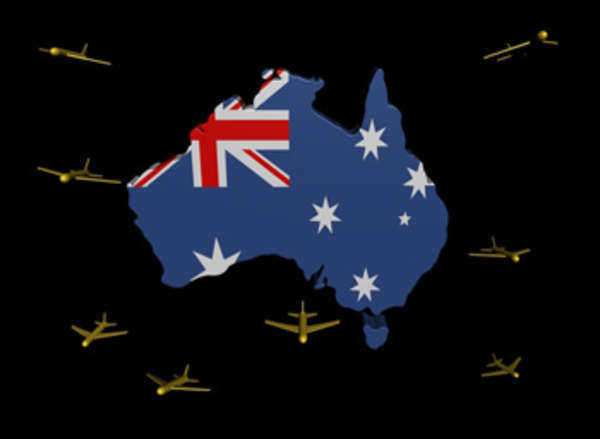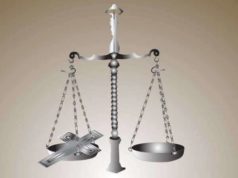
The Munich Agreement or Munich Pact was an international agreement established in 1938 which was designed to avoid war between the powers of Europe by allowing Nazi Germany under Adolf Hitler to annex the Sudetenland. Sudetenland was the western regions of Czechoslovakia, which were primarily inhabited by ethnic Germans.
The Munich Agreement received its name from the fact that the Munich Pact was established out of a conference in Munich, Germany, between Britain, France, Germany, and Italy, and their respective prime ministers. One of the names thus most often associated with the Munich Agreement is that of Neville Chamberlain, as Chamberlain was the British Prime Minister at the time and was in great part responsible for the policies which led to the adoption of the Munich Pact.
Chamberlain attempted to employ a strategy of appeasement, meaning that he was attempting to give Adolf Hitler what he wanted in order to avoid any war or conflict in Europe. As such, the Munich Agreement was an attempt to satiate Nazi Germany before it would go to a conflict.
Ultimately, then, the Munich Pact is considered to have been a failure, as it did not prevent Nazi Germany from going to war afterwards and it furthermore violated the rights of the Czechoslovakian people whom it concerned.
This was because the Munich Agreement gave Germany control of the most important defensive borders of Czechoslovakia along with some of Czechoslovakia’s most important banks and resources, thereby effectively rendering it incapable of defending against Nazi Germany and all without having Czechoslovakia itself being a member of the conference which established the Munich Pact.




























